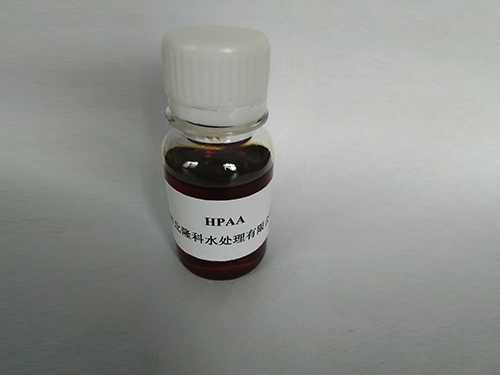flocculation in water purification
Flocculation in Water Purification
Flocculation is a crucial process in water purification that enhances the removal of suspended particles, colloids, and other impurities from water. This method involves the agglomeration of fine particles into larger clusters, or flocs, which can then be easily separated from the water. Understanding the mechanisms and importance of flocculation can provide valuable insights into effective water treatment.
The flocculation process typically follows coagulation, where chemical coagulants, such as aluminum sulfate or ferric chloride, are added to the water. These coagulants neutralize the charges on fine particles, allowing them to bond together. Once coagulation occurs, gentle mixing helps facilitate the formation of larger aggregates. This subsequent gentle mixing is crucial to avoid breaking up the newly formed flocs.
There are various factors influencing flocculation efficiency, including pH, temperature, and the concentration of coagulants. Optimal pH levels are essential, as they affect the charge characteristics of both the flocculant and the suspended particles. In many cases, a neutral pH range is preferred to maximize the effectiveness of the coagulants. Temperature can also play a role; warmer water may enhance the kinetic energy of particles, promoting better interaction and aggregation.
flocculation in water purification

The size and density of the flocs are critical to the next phase of water treatment—sedimentation. Larger, denser flocs settle more quickly, allowing for faster processing times and improved clarity of the effluent. Sedimentation tanks, where flocs can settle out of the water under gravity, are often designed to optimize this settling process. The settled flocs can be removed as sludge, which may be treated further for disposal or reuse.
Flocculation is particularly vital in treating surface water, which is often laden with organic material, sediments, and microorganisms. By removing these impurities, flocculation not only improves the aesthetic qualities of water but also enhances its safety for consumption. The reduction of turbidity through flocculation can significantly decrease the need for further treatment processes, such as disinfection, which is primarily used to eliminate pathogens.
In recent years, advancements in flocculation technologies have emerged, including the use of natural coagulants and the application of automated monitoring systems to optimize the dosage of chemicals. Research into biodegradable and environmentally friendly coagulants is gaining momentum, providing sustainable alternatives to traditional chemical coagulants that may be harmful to aquatic life.
In conclusion, flocculation plays a vital role in water purification by effectively removing suspended particles and improving water quality. Understanding the nuances of this process is fundamental for water treatment facilities aiming to provide safe, clean drinking water. As technology advances, flocculation continues to evolve, promising more efficient and sustainable methods for ensuring access to purified water worldwide.
-
Water Treatment with Flocculant Water TreatmentNewsJun.12,2025
-
Polymaleic AnhydrideNewsJun.12,2025
-
Polyaspartic AcidNewsJun.12,2025
-
Enhance Industrial Processes with IsothiazolinonesNewsJun.12,2025
-
Enhance Industrial Processes with PBTCA SolutionsNewsJun.12,2025
-
Dodecyldimethylbenzylammonium Chloride SolutionsNewsJun.12,2025





